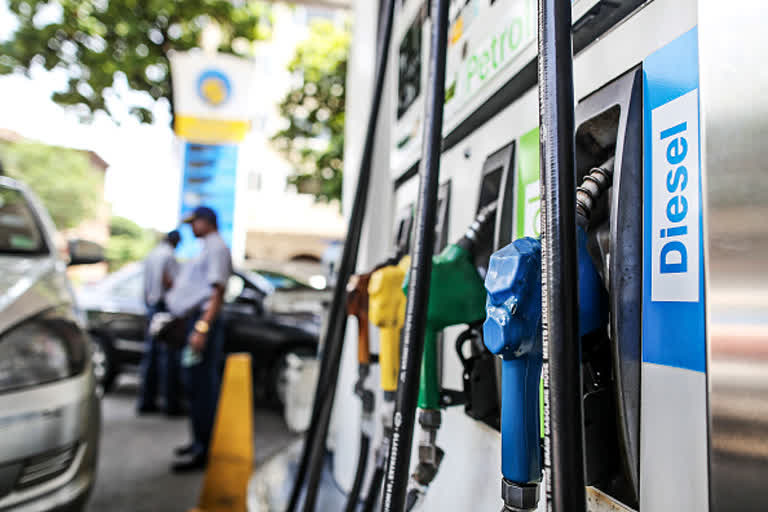Hyderabad: International benchmark Brent crude futures plummeted 30% to $31.02 per barrel, its lowest level since Feb 2016.
Another major crude variant, U.S. West Texas Intermediate (WTI) dropped 27% to $30 per barrel, also its lowest level since Feb 2016.
In fact, WTI is on pace for its worst day drop since January 1991 during the Gulf War.
What caused sudden dip in prices?
Primary reason for the sudden drop in prices is failure of Saudi Arabia and Russia to reach an agreement on production cuts.
OPEC agreed on Thursday to cut oil output by an extra 1.5 million barrels per day (bpd) in the second quarter of 2020 to support prices that have been hit by the coronavirus outbreak, but made its action conditional on Russia and others joining.
However, unwilling Russia made Saudi Arabia furious leading to aggressive price cut in at least 20 years.
Besides Saudi’s plans to ramp up production, increase in supplies from US, Brazil, Canada and Norway and declining demand from China is accumulating to the excess supply of oil.
Several economists predict the crude indicator is likely to stay at very lower levels until the demand outlook in China and across the world improves, which may take another 6-12 months.
How India will get benefited?
Domestic rates of petrol and diesel in India, down about Rs 4 a litre since mid-January, are set to decline further.
The sharp decline in the international crude oil price is expected to benefit oil-marketing companies such as Indian Oil, BPCL and HPCL on account of positive impact on refining margins and earnings.
It should be noted that State fuel retailers take 15-day moving average of international rates of fuels and factor in the exchange rate to calculate domestic prices of petrol and diesel daily.
Read more:India to gain as Saudi Arabia, Russia crossing swords in global oil market
Hence, it will take one more week to truly assess actual impact on domestic fuel prices.
As India meets 85 per cent of crude oil demand from imports, low global prices means unprecedented gain in terms of import bill.
As per an estimate, one unit fall in dollar price of crude oil reduces India’s import bill by almost Rs 3,000 crores. A crude price of just $45 barrel would help our country to save more than $2 billion i.e. Rs 14,000 crore.
Lower oil prices help keep inflation in check, reduce fuel subsidy, cut current account deficit and leave more resources in the hands of the state for public spending.
As per an estimate, a 10 per cent reduction in crude prices could reduce Consumer Price Index-based inflation by around 20 basis points (bps) and bring about a 30 bps rise in gross domestic product (GDP) growth.
(Written by Dr. Hiranmoy Roy. He teaches Energy Economics in the School of Business, UPES. Currently he is Associate Professor & Head, Department of Economics and International Business.)
(Disclaimer: The views expressed above are solely of the author and not those of ETV Bharat or its management. ETV Bharat advises users to check with certified experts before taking any investment decisions.)



